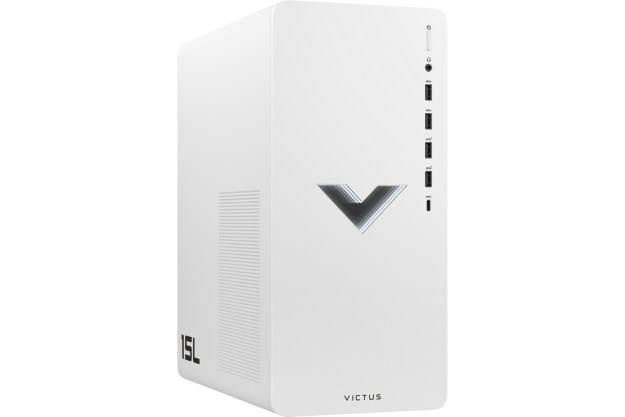
Like the previously launched Gaming X family introduced during Pascal’s official launch in May/June, the newer Gaming Z cards use MSI’s Twin Frozr VI thermal design. This system includes the company’s updated Torx Fan 2.0 technology featuring double ball bearings, which promises smooth and silent operation along with 22 percent more air pressure.
In addition to the fans, the Twin Frozr VI design consists of a huge heat sink connected to 8mm copper heat pipes sporting a squared bottom to maximize the heat transfer from the solid nickel-plated copper baseplate. Thrown into the mix is a “premium” thermal compound that keeps the Nvidia Pascal chip cool under pressure.
According to MSI, this new Twin Frozr VI thermal design allows the Pascal graphics chip and memory controller to sport “extreme” clock speeds right out of the box. A short list of specs provided by MSI show that the GTX 1080 Gaming Z model has a base clock speed of 1,771MHz and a boost clock speed of 1,911MHz while in OC Mode, whereas the GTX 1070 model has a base clock speed of 1,657MHz and a boost clock speed of 1,860MHz in OC Mode.
To put this in perspective, the original GTX 1080 design provides a base clock speed of 1,607MHz and a boost clock speed of 1,733MHz. With MSI’s solution, that base performance is what the company calls Silent Mode. In addition to the OC Mode, the two Gaming Z cards also sport a third Gaming Mode setting with 1,733MHz (base)/1,873MHz (boost) speeds on the GTX 1080 model and 1,632MHz/1,835MHz speeds on the GTX 1070 model. Simply put, MSI can safely overclock the graphics chips in the factory and provide these speeds with a simple click.
So what’s the difference between the new Gaming Z batch and the older Gaming X cards? The newer cards are slightly faster. For instance, the OC Mode of the GTX 1080 Gaming X card has a base clock speed of 1,632MHz and a boost clock speed of 1,771MHz. However, instead of throwing numbers around for comparison, check out the chart we threw together at the bottom of this story that lists the speeds of all three MSI “Gaming” familie,s as well as Nvidia’s reference speeds.
Performance aside, the new cards feature an illuminated RGB LED logo on one side and an RGB LED shield on the other, a custom 10-phase printed circuit board design, durable Military Class 4 components, and an 8+ 6-pin power connector to handle the overclocked performance. The cards come packed with MSI’s Gaming App software to optimize the PC for the best VR performance, and to customize the RGB lighting.
To quickly compare the speeds of all Pascal-based “Gaming” cards currently offered by MSI, here is the aforementioned chart:
GTX 1080 – base
1,733MHz / 1,607MHz
GTX 1080 Gaming – older
1,771MHz / 1,632MHz (OC Mode)
1,759MHz / 1,620MHz (Gaming Mode)
1,733MHz / 1,607MHz (Silent Mode)
GTX 1080 Gaming X – older
1,847MHz / 1,708MHz (OC Mode)
1,822MHz / 1,683MHz (Gaming Mode)
1,733MHz / 1,607MHz (Silent Mode)
GTX 1080 Gaming Z – newer
1,911MHz / 1,771MHz (OC Mode)
1,873MHz / 1,733MHz (Gaming Mode)
1,733MHz / 1,607MHz (Silent Mode)
=====
GTX 1070 – base
1,683MHz / 1,506MHz
GTX 1070 Gaming – older
1,721MHz / 1,531MHz (OC Mode)
1,708MHz / 1,518MHz (Gaming Mode)
1,683MHz / 1,506MHz (Silent Mode)
GTX 1070 Gaming X – older
1,797MHz / 1,607MHz (OC Mode)
1,771MHz / 1,582MHz (Gaming Mode)
1,683MHz / 1,506MHz (Silent Mode)
GTX 1070 Gaming Z – newer
1,860MHz / 1,657MHz (OC Mode)
1,835MHz / 1,632MHz (Gaming Mode)
1,683MHz / 1,506MHz (Silent Mode)
Editors' Recommendations
- Why new OLED gaming monitors still can’t beat the best from last year
- I can’t stop thinking about Immortality, 2022’s most ambitious game
- Qualcomm made a new handheld video game console that you can’t buy
- Can’t afford the Nintendo Switch Lite? You can now put it on layaway at GameStop



